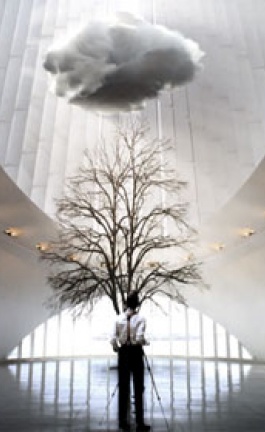Image Courtesy of Nikos Koundouros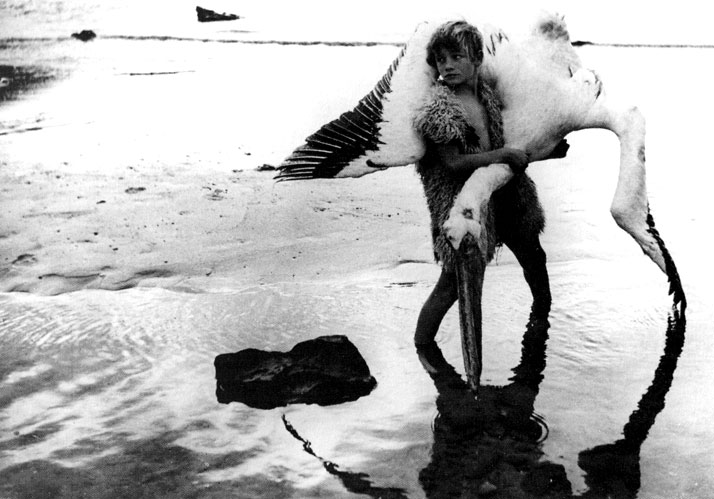

Nikos Koundouros is a versatile, multitalented Greek film director who is considered one of the biggest personalities of 20th century world cinema; his talents however are not merely limited to directing. With his exhibition ‘Images for a Country’ the award-winning Greek director exhibited photographs, posters and scenography for the theater and film - and for the first time - he exhibited paintings and engravings in the abovementioned exhibition which was curated by Manos Stefanidis. Through this exhibition Yatzer had the opportunity to meet this fascinating and intriguing personality, who accepted with great ease and humbleness to respond to our interview proposition. His exhibition, ‘Images for a Country’ is part of a series of cultural and educational events for the commemoration of 40 years since the establishment of AKTO. installation view > photo by Tasos Frangou, Courtesy of Nikos Koundouros
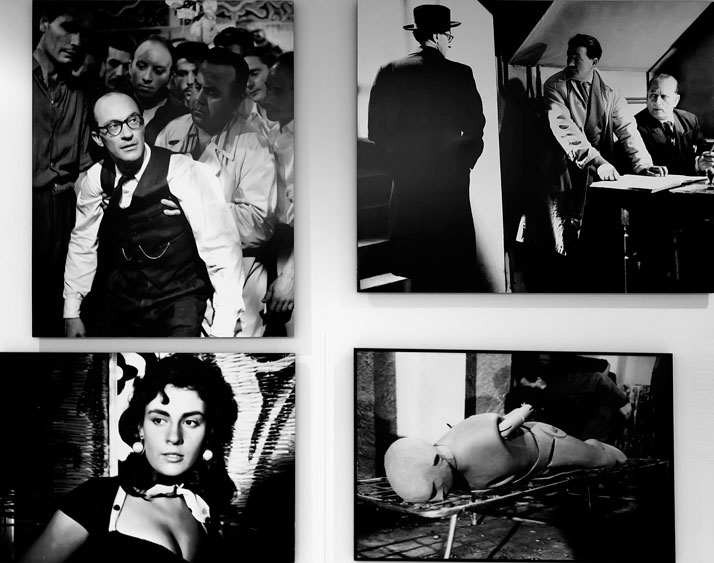
Koundouros, born in Agios Nikolaos, Crete in 1926, is a multifaceted personality, but also an everlasting Greek myth who over the years has sought for beauty and splendor in his Byzantine iconography, his paintings, sketches, photography, his motion pictures and his writings. His artistic affluence is inspired by an amalgamation of Byzantine iconography and the beautiful bodies and landscapes exposed during the Renaissance period. In his career as a director, he directs every frame through the eyes of the painter. photo by Tasos Frangou, Courtesy of Nikos Koundouros
From a young age he comes face to face with fascism, violence, and his exile to the island of Makronissos due to his political beliefs and his independent and revolutionary character who was willing to say ‘no’ and keep his head up high with pride. This way, his creative proposal became a need: from one point a political one, for what his youthful mentality dictated and from the other his aesthetics, because beauty – he believed and still believes - is the only answer to the vile of human beings and the leveling of death.
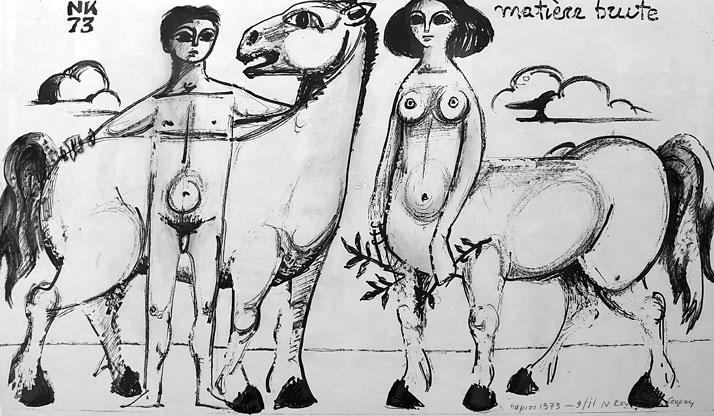
“So, what are your questions?” he asked, and started responding himself without a second thought, and with a passion in his speech as if he was a teenager, our interview commenced! photo by Tasos Frangou, Courtesy of Nikos Koundouros
>> SURPRISE! After all these years, the stubbornness and the persistence of a very good friend - the Professor of the Arts - Manos Stefanidis – convinced me to exhibit my paintings for the first time! I’ve been painting for the past 60 years, I was born a painter! I studied iconography, I learned the art of iconography and as the years past by, I slowly detached myself from the discipline which is required for performing iconography, Byzantine iconography which contains rigor and asceticism. Because the iconographer is an ascetic being; it’s him, the wood, his colors and the silence. For years I respected this procedure the only thing I did not do is fast; fasting is a rule for the iconographer. I respected everything else… but I never fasted!
As the years passed by I was irritated by sparks of suspicion for non-iconographic painting and I slowly pursued orthodoxy of another kind, which was renaissance. As we all know Greece did not enjoy the affluence of the renaissance period as it was under the occupation of Turks. But Crete and the Ionian islands somewhat experienced the renaissance, through these channels we slowly understood what renaissance painting meant. I had started to feel the joy and the charm of the naked bodies; renaissance disregarded the Puritanism of the church and set free the human body which was glorified and offered to the people of Europe. >>>
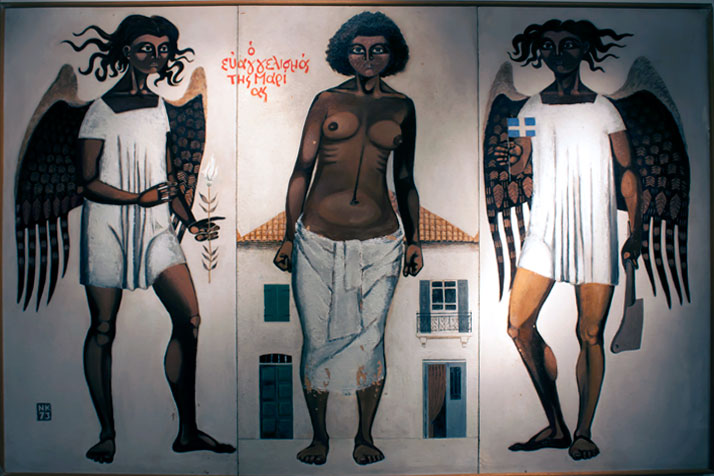
>>> The naked body whether male or female, was no more a secret! It was a naked body, which was stunningly beautiful! We see paintings of the 16th-18th century which glorified the body and the landscape. As you have notice Byzantine iconography has no landscapes apart from some houses just to make reference to the space. Renaissance paintings brought the landscape in first place, second painting-wise, but the viewer saw the wonderful forests, the mountain range, the hills, and he saw landscapes and the human body on the equal terms. So basically this was the second phase of my studies… I learned how to draw! << photo by Tasos Frangou, Courtesy of Nikos Koundouros
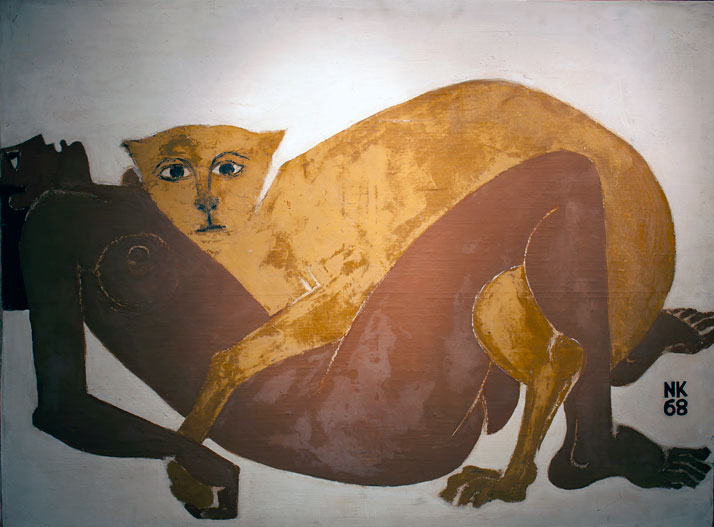
photo by Tasos Frangou, Courtesy of Nikos Koundouros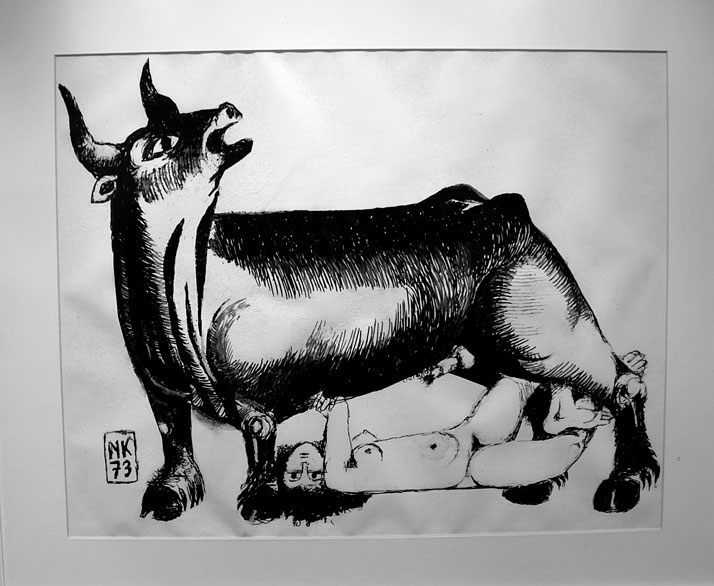
What is your relationship with God? photo by Tasos Frangou, Courtesy of Nikos Koundouros
We’re friends! (smile) We chat sometimes. I might have never been a Christian but I loved the orthodox ceremony, I disliked Catholicism, I disliked the way that the Pope and the Cardinals tried to impose the religion of love, which was the religion of God. What I didn’t dislike was Orthodoxy, the peace, the tranquility, the love and the interpretation of love; love the others so you could love yourself. I belong to that religion. I liked the church, the incense, the smell of the incense! I ran after every epitaph with humbleness, with respect and with that chill that the Holy Week ceremonies prevail. I never became a Christian, and I say it with some sort of pride! I never wanted the subjection of a Christian!
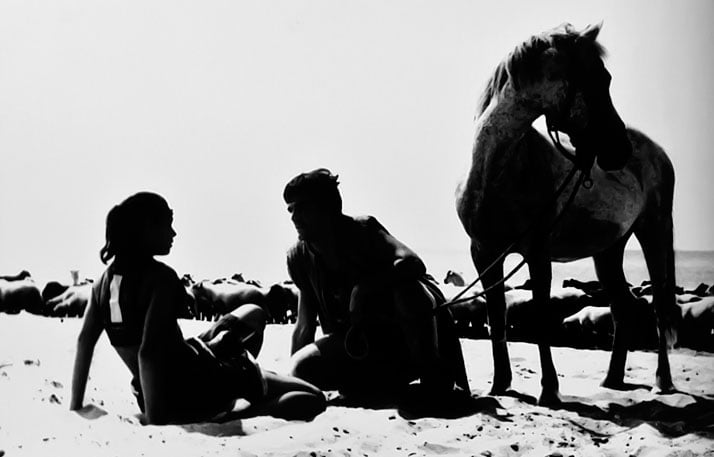
The Exhibition.
Part of this romantic renaissance is expressed in my painting but only for the one who has the knowledge to understand the roots, and those roots are no other than Byzantine iconography, and I don’t want to hide it! What I want to say is that I am a child of Byzantine iconography who is identified with the enthusiasm of the European painting culture.
The Democratic Citizen - Nikos Koundouros.
I was born in a period under great pressure, moral, spiritual, mental, every sort of pressure. I am a child of oppression. I lived the dictatorship of Metaxas, I lived very severe situations! My father was a democrat who was sentenced to death; he made it and survived at first. I lived the Greek-Italian war and the reign of the Germans . I don’t remember a time in my life where I feel asleep carefree, I was like the old thieves, with one eye open, waiting for that knock on the door, that painful knock, being afraid that they would catch me! A constant state of nervousness and anxiety! Ex post facto, I am not objecting it as another way of life, I wanted it, I made it mine and I lived with it! I befriended this agony of the door knock; that is how the years passed by.
photo by Tasos Frangou, Courtesy of Nikos Koundouros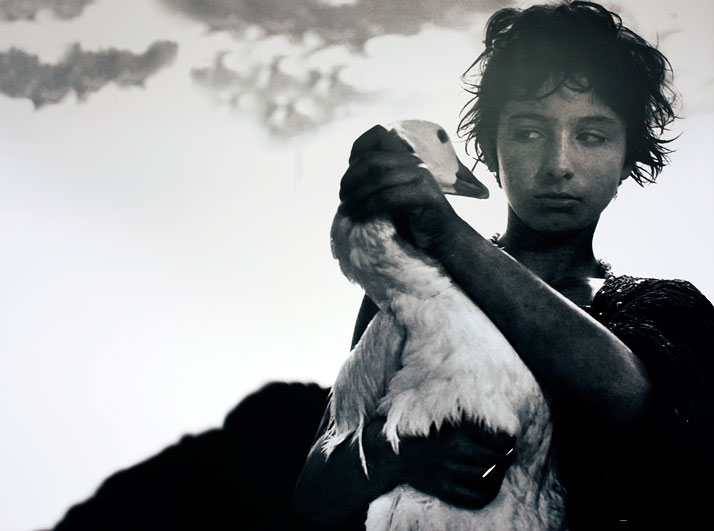
As you understand it is obvious that all this had a huge impact on Koundouros’s life and his creative perspective. His creative proposal, and his life experiences became a need; a need which was revealed through the arts. His revolutionary character that was willing to say ‘no’ and ‘fight’ against all odds established this artist for the uniqueness in his paintings, sketches, photography, his motion pictures and his writings.
photo by Tasos Frangou, Courtesy of Nikos Koundouros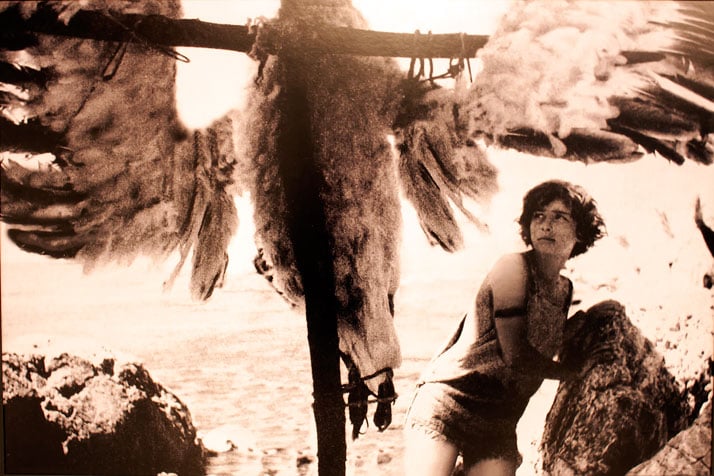
Nikos Koundouros – Images for a Country // AKTO
March 1, 2011 – March 18, 2011
photo by Tasos Frangou, Courtesy of Nikos Koundouros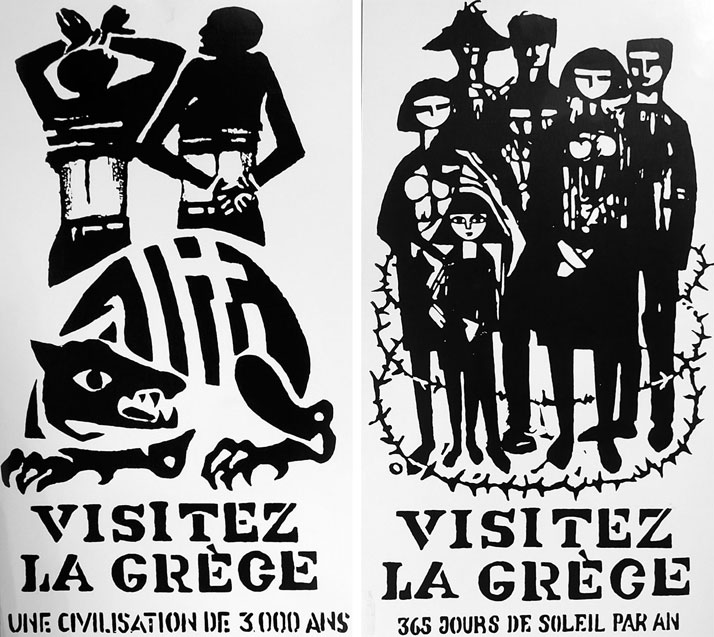
Images Courtesy of Nikos Koundouros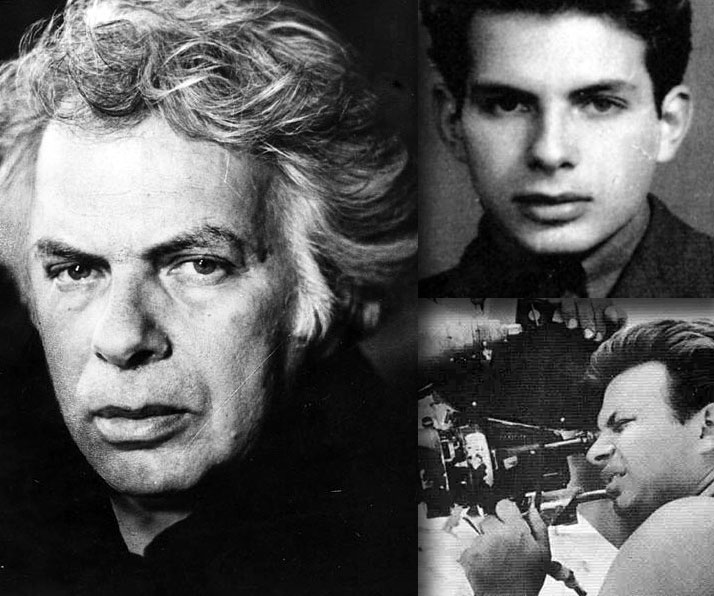
ABOUT Nikos Koundouros
Nikos Koundouros is one of the most important Greek film directors, born in Agios Nikolaos, Crete //GREECE in 1926. He studied painting and sculpture at the Athens School of Fine Arts, and was later exiled because of his political beliefs and his independent and revolutionary character to Makronissos Island. At the age of 28 he decided to follow a career in cinematography, and started his career as a director of the film ‘Magiki Polis’ - Enchanted City (1954), where he combined his neorealist influences with his own artistic viewpoint. After the release of his complex and innovative film ‘O Drakos’ - Draco (1956), he found acceptance as a prominent artist in Greece and Europe, and has acquired important awards in various international and Greek film festivals. His directorial career climaxes in 1963 when he receives the Best Director Award at the Berlin Film Festival, for the film “Young Aphrodite’s”. Filmography that followed: The Outlaws (1958), The River (1960), Young Aphrodite’s (1963), Vortex (1967), The Song of Fire (1975), 1922 (1978), Brothel (1984), Byron (1992), The Photographers (1998). He has represented Greek cinematography in many foreign film festivals, and has acquired many important awards; he has been honored with many equivalent awards in Greece. The past decades he has developed important theatrical activities in the field of directing. (read more)





